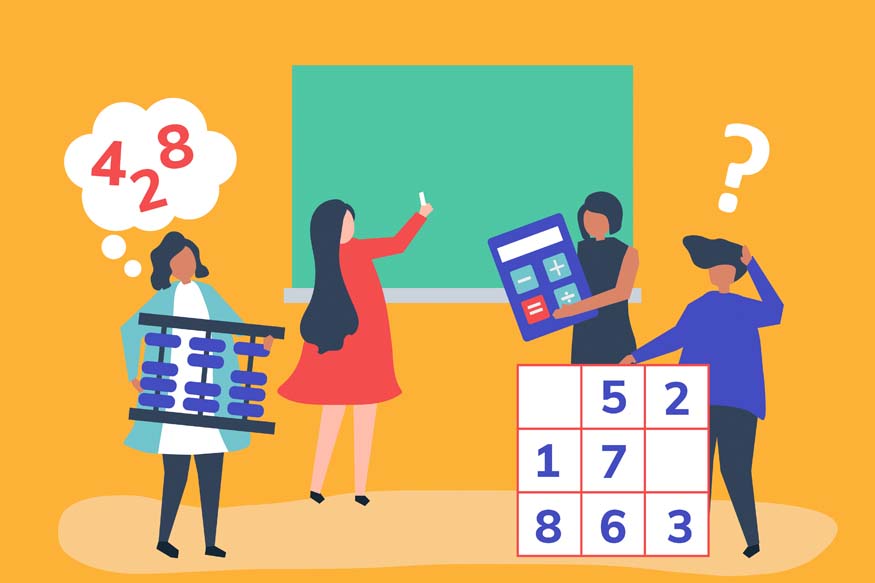Effectively introducing oneself is an essential skill, particularly for students. Whether it is the first day of school, a new class, or a social gathering, being able to introduce yourself in English fluently can leave a favourable impression. This guide offers examples of self-introductions for students along with tips for crafting a straightforward self-introduction in English.
Importance of Self Introduction
An effective introduction in English for students establishes a good first impression. It facilitates better connections with classmates and educators, thereby enhancing relationship-building and communication skills. A thoughtfully prepared self-introduction in English can significantly increase your confidence and help you feel more at ease in unfamiliar settings.
Key Elements of a Self Introduction
When preparing a self introduction in English for students, it is important to include the following key elements.

- Greeting: Start with a polite greeting. For example, “Hello” or “Hi.”
- Name: Clearly state your name. For example, “My name is [Your Name].”
- Background: Share a bit about your background, such as where you are from or your previous school.
- Interests and Hobbies: Mention your interests or hobbies to give others a sense of your personality.
- Goals: Briefly talk about your goals or what you hope to achieve.
- Closing: End with a polite closing, such as “Thank you” or “Nice to meet you.”
Simple Self Introduction in English
Here is a simple self introduction in English that you can use as a template:
“Hi, everyone! I’m [Your Name], and I come from [Your City/Country]. I just moved here and started attending this school. I love [Your Hobbies/Interests], and I am eager to know more about [Subject/Activity]. My aim is to [Your Goal]. Thank you”
Self Introduction Examples for Students
To help you get started, here are some self introduction examples for students:
Example 1:

“Hi, my name is Sarah. I am from New York, and I recently joined this school. I love reading books and playing soccer. I am looking forward to making new friends and learning new things. My goal is to improve my maths skills this year. Thank you.”
Example 2:
“Hello, everyone. My name is Raj. I am from Mumbai, and I am excited to be here. I enjoy painting and playing the guitar. I hope to participate in the school’s art club and music band. My goal is to become more confident in public speaking. Nice to meet you all.”
Example 3:
“Good morning. I am Emily, and I come from London. I have a passion for science and technology. I am eager to join the school’s robotics club and work on exciting projects. My goal is to excel in my studies and make new friends. Thank you.”
Benefits of Self-introduction
Self-introduction helps to build a positive impact or leave a positive impression on others.
- Helps to build connections
- Improve self-confidence
- Improves presentation skills
- Leaves powerful or impactful impression
- Helps in building deep understanding and positive thinking habits
- Improved communication skills will be of great help in CLSP
Tips for a Successful Self Introduction

- Be Confident: Speak clearly and confidently. Make eye contact with your audience.
- Be Concise: Keep your introduction brief and to the point. Avoid unnecessary details.
- Be Positive: Use positive language and express enthusiasm.
- Practise: Practise your introduction several times to feel more comfortable.
- Adapt: Tailor your introduction to the specific situation or audience.
- Work on Pronunciation: Effective communication relies mainly on pronunciation and diction. These elements can significantly influence how others perceive you. When delivering a self-introduction in English, it is crucial to focus on your pronunciation and diction. Additionally, speaking with confidence can help mitigate minor pronunciation errors.
Common Mistakes to Avoid
- Overloading Information: Avoid sharing too much information. Stick to the key elements.
- Speaking Too Fast: Speak at a moderate pace to ensure your audience understands you.
- Lack of Preparation: Prepare your introduction in advance to avoid stumbling over your words.
- Negative Language: Avoid using negative language or talking about your weaknesses.
Fun Query
- Is myself a formal word or informal?
In casual conversation and informal writing, people frequently use “myself” and similar words with more than one subject, object, or complement. However, this is less common in formal settings. For example, in the sentence “The manager and myself completed the arrangements,” “myself” is used in a casual way.
Conclusion
An effectively crafted self-introduction in English can greatly influence the way others view you. By utilising the suggestions and examples mentioned in this guide, you can develop a straightforward yet impactful self-introduction that leaves a lasting impression. Teachers at Center Point School help the students to improve their pronunciation and diction eventually their communication skills.
Key points to remember while self introducing are to be confident, brief, and positive, to ensure you captivate your audience.
For more such informative/interesting blogs, visit Center Point School.





